How to Market Your Business on Social Media
By: Rank Media
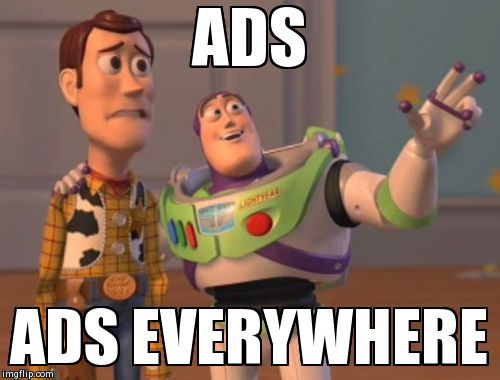
Facebook live streams. Reddit AMAs. Instagram Stories. Tweetstorms. Teenagers devouring Tide Pods to satisfy their hunger.
The evolution of the social media environment has evolved quite a bit over the past couple of years. Before memes and Donald Trump dominated news feeds, social media marketing consisted of posting text updates to Facebook and Twitter without any real advertising strategy. Life was a lot simpler back then (and some will argue far duller)– if you created intriguing content, it had the opportunity to go viral and propel your brand to new heights.
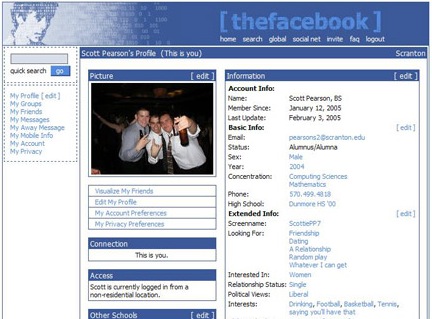
Years later, the entire structure of the social media landscape has changed. Not only are there new platforms for savvy online marketing professionals to utilize to reach new audiences, but all of the essential social media players have developed sophisticated advertising capabilities that allow you to target niche audiences. Unfortunately, despite all of the tools widely available to all types of businesses, marketing on social media platforms isn’t an easy endeavor if you lack the business experience. Sure, publishing a meme making fun of the New Orleans Saints losing in spectacular fashion is easy, but how does posting on Facebook translate into sales? And does Twittering lead to generating leads for businesses?
With so many websites to choose from and a myriad of competition within news feeds, it’s likely that most social media marketing strategies translate into poor results, frustration, and the inability to recoup costs. Whether you’re looking to embark on the path to developing a social media marketing plan or need to pivot, here are some handy tips on how to market your business on social media.
1. Choose the Right Social Media Platforms
An issue that most businesses face is deciding which social media platforms are the most suitable for marketing initiatives. In some cases, companies get greedy and determine to set up profiles across all networks without understanding that you need to maintain audiences on each channel. For example, merely setting up Twitter and Snapchat accounts because it’s good to just “be there” isn’t a valid strategy if you’re not communicating with your audience enough. In most cases, Facebook will prove to be the leading platform for your social media marketing activities due to its reach and number of daily active users, which far surpasses the number of monthly active users other platforms have. However, if you’re focusing on generating leads for a business-to-business model, LinkedIn may be a more suitable platform for your marketing resources as you’re more likely to reach your target audience. Of course, if your goal is to sell pet supplies to a mass audience, LinkedIn is not the ideal platform for marketing campaigns….although, I guarantee you that people would love to see images of puppies and kittens to drown out the sea of unmitigated LinkedIn requests and spam. Just saying.
2. Tailor Your Content to Each Social Media Network
While cross-posting the same content on all platforms is the simplest way to share your content on all social media sites, it’s not necessarily the most effective strategy when it comes to maximizing engagement rates. Each social media platform has nuances that you need to understand before posting content. For example, the most common mistake among small businesses is sharing an Instagram post loaded with hashtags on Facebook. If you’re currently publishing posts on Facebook with more than two hashtags, please stop immediately. I’m begging you. While hashtags are highly useful on Twitter and Instagram (mostly due to automated rules that prove to be advantageous for bots), the use of hashtags can deter users from engaging with your content on Facebook according to recent reports.
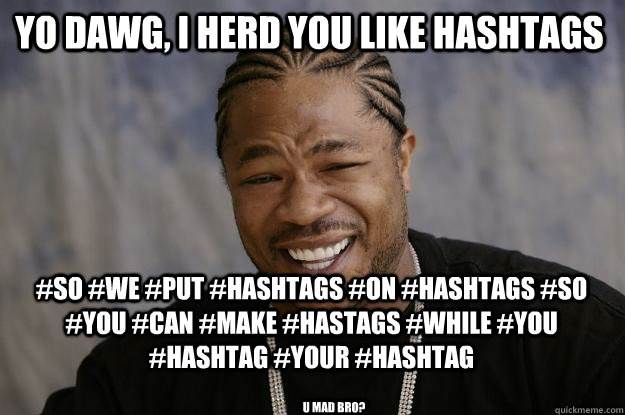
Incorporating breathtaking imagery and high-resolution photos is also far more critical on platforms such as Facebook, Pinterest, and Instagram than it is on Twitter and LinkedIn. Pinterest, which has become a hybrid social media platform and search engine, proves to be far more effective for businesses with colourful images and infographics that break through the clutter and stand out. It’s also THE BEST platform if you’re looking for recipes to cook up a storm in the kitchen. The latest trends seem to indicate that videos yield the best engagement rates, which is why they dominate news feeds for the average users (algorithms at work). On LinkedIn, long-form posts and content-rich articles fare much better than the mundane happy-go-lucky content you can find on Facebook. In fact, if you peruse LinkedIn groups, you will notice that dedicated LinkedIn users are quite acerbic with Facebook-style content and are quick to criticize first-time offenders. What a drag.
3. Engage Your Audience with the use of Contests & Promotions
Once you start building up a social media following, you can utilize contests to increase the size of your audience and re-engage existing users. You need to tread lightly with contests, however, as there is an increasing amount of people that enter these digital competitions with the ultimate goal of winning free swag and cash prizes. If you browse contest forums, you’ll find small communities of users that test their luck digitally every day, akin to bar regulars that spend all their time on video lottery machines. Throwing out a free iPad or two-week Caribbean vacation as the prize for a competition can lead to the floodgates opening and provide you with a significant amount of entrants, but you need to consider the possibility of these people tuning out your brand after the contest ends. Implementing contest tactics and setting up relevant rewards will lead to a more engaged campaign and help drive in qualified leads for your business.
A strategic approach for a fashion brand, for example, would be asking users to create their ideal wardrobe on Pinterest or uploading photos of their flashiest style, with the winner receiving a gift card to shop the brand’s styles. Not only is the prize connected to the company, but the contest layout will result in user-generated content that the business can utilize afterward.
4. Use Social Media Advertising!
The glut of companies migrating to social media platforms has made it seemingly impossible for brands to gain traction organically. Just think about the daily stats thrown out there and how many people are communicating via Facebook, Instagram, and Twitter. With so many brands and users publishing content on a regular basis, news feeds tend to get quite crowded, especially when Donald Trump tweets something from the comfort of the White House. The increased organic competition is why paid advertising campaigns can help you break through the clutter and reach your niche audience. Here’s a quick summary of the leading platforms when it comes to social media advertising campaigns.
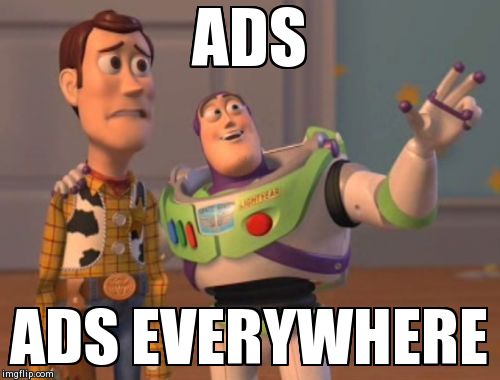
No other platform compares to Facebook when it comes to setting up advertising campaigns and reaching a broad audience. With the most active monthly users in the social media world, Facebook is where you’ll most likely start advertising, whether it’s targeting new users or setting up retargeting campaigns. Having the ability to use Facebook’s audience network and Instagram as placements can also help increase the reach of your campaigns. Facebook also provides the most robust platform for funnel marketing & retargeting, giving you more flexibility with regards to your advertising arsenal.
Despite the criticism Twitter receives for having slow growth with regards to its monthly active users, the platform has solidified its position within the social media environment and caters to a different audience. You can tap into new niches and reach users according to specific criteria, expanding your digital footprint and opening up a new channel for conversions.
With over 500 million daily active users, Instagram has quickly become one of the most popular social media platforms. Interestingly enough, cloning Snapchat’s Stories feature has reinvigorated the platform, giving advertisers a new opportunity to use video content to engage users. Connected to Facebook’s Advertising platform, Instagram campaigns are relatively easy to set up and can help you reach your objectives in a cost-efficient manner.
LinkedIn advertising has its place in the social media environment for campaigns focused on lead generation. Whether you manage digital campaigns for a SAAS business or need to find qualified B2B leads, LinkedIn’s detailed targeting mechanisms give you an opportunity to reach a highly targeted audience. The platform has also beefed up its product offering lately, integrating conversion tracking, remarketing, and account targeting for more advanced campaigns.
If you’re in the business of selling products online, you need to consider allocating budgets for tests on Pinterest. Seriously. I’m not kidding. This social media platform is vast for discovery when it comes to shopping, and it has proven itself as a valuable source of referral traffic for ecommerce stores. It can also prove to be an alternative source of traffic for various campaigns, ranging from mobile app installs to lead generation campaigns.
Snapchat
Snapchat may not be for everyone and may be losing steam due to the rise of Instagram Stories, but it should have a place within your marketing plan if you want to reach a younger, engaged audience. Although I’ve been quite critical of Snapchat lately, it still has a highly engaged audience, and the Discover page is providing valuable opportunities for content publishers. The ability to embed links into Snaps, both organically and via advertising, gives advertisers the ability to drive a considerable amount of traffic from a burgeoning social media platform.
5. Focus on Creating Informative Content
Think about the average social media user for a second: Jim has probably had a rough day at the office and wants to browse his Facebook feed to cheer himself up. If he starts coming across content that contains brutal sales tactics, such as “BUY BUY BUY,” he’ll most likely tune specific brands out and keep scrolling. However, if he comes across informative and engaging content, he’ll be more likely to follow those pages.
The idea of “Jab, Jab, Jab, Right Hook” has been espoused by Gary Vaynerchuk and other social media strategists for years. If you want to cultivate a following and build up your presence on the leading social media platforms, employing aggressive sales tactics within your marketing campaigns is setting yourself up for failure. Add personality to your content marketing and provide valuable information to get more engaged. If users tend to engage with your content, the algorithms employed on the leading social media platforms will make sure your content gains traction organically. Awesome, right?

Final Notes
I’m ready to market on social media platforms, but I have no idea what I’m doing. What do I do?
If all of this seems overwhelming, don’t worry. Many small businesses have a difficult time trying to add all of the social media marketing activities outlined in this post on their existing list of tasks and require independent contractors or agencies to assist. The benefit of hiring a digital marketing agency is that you get a team full of analysts, copywriters, and designers that have experience managing a wide range of campaigns. If you’re looking to take your social media marketing to the next level, don’t settle for mediocrity – make sure you put yourself in the best position to succeed.





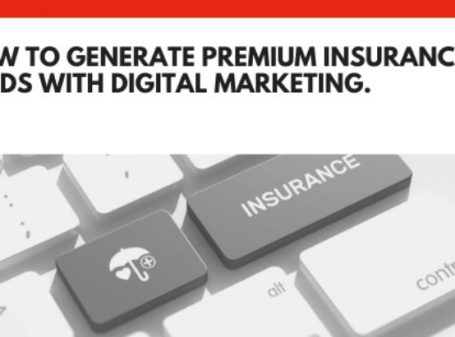
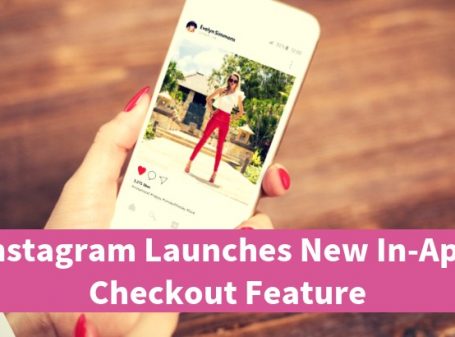
 (800) 915 7990
(800) 915 7990
